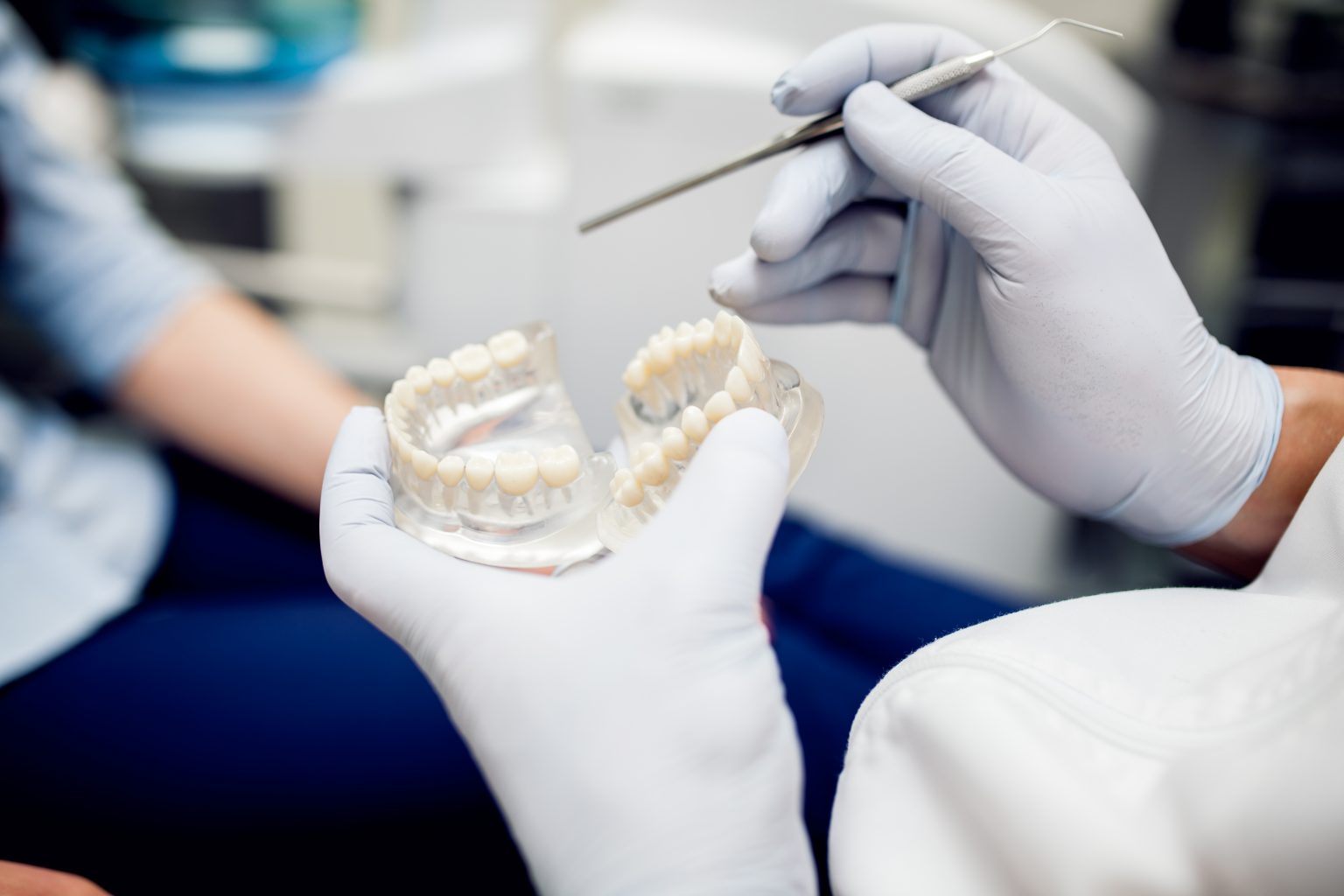Metal braces are among the most popular and successful orthodontic treatment options for straightening teeth. Recent technological developments in braces have produced new metal braces that preserve the functioning of classic metal braces—often referred to as “normal metal braces”—while providing increased comfort and cosmetic appeal. The differences between brand-new and traditional metal braces are examined in this article to assist you in making an informed decision regarding your orthodontic wants.
Normal Metal Braces: What Are They?
For decades, overbites, underbites, and other dental problems have been treated using normal metal braces, sometimes referred to as traditional metal braces. The metal brackets in these braces are cemented to the teeth and joined by an archwire. The orthodontist will frequently modify the archwire in order to gradually guide the teeth into their proper placements.
Important Characteristics of Regular Metal Braces: Sturdiness: Stainless steel, the material used to make regular metal braces, is extraordinarily robust and long-lasting. Because of this, they can effectively cure a variety of dental conditions.
Affordability: Standard metal braces are the most economical option when it comes to braces. Other options include ceramic or transparent aligners. They are inexpensive and generally available to patients.
Effective Treatment: The effectiveness of traditional metal braces is well-established. They are appropriate for complicated orthodontic treatments because they offer precise control over tooth movement.
Customizable Colors: Patients can add color to their braces to match their personality or to make them more enjoyable, even though the brackets are made of metal.
New Metal Braces: What Are They?
The term “new metal braces” describes the most recent advancements in metal braces technology. The goal of these developments is to improve the efficiency, comfort, and discretion of braces. In order to enhance comfort and appearance, new metal braces frequently feature smaller, more streamlined brackets or self-ligating brackets, which do away with the need for elastic bands.
Main Characteristics of Modern Metal Braces:
Tinier Brackets:
One of the key advances in contemporary metal braces is the use of smaller, more unobtrusive brackets. The patient will feel more at ease with these brackets because they are less obvious.
Self-Ligating Technology: Self-ligating brackets, which hold the archwire in place without the need for elastic bands, are a common feature of modern metal braces. Because of the decreased friction, teeth can move more quickly, possibly resulting in shorter treatment times.
Enhanced Comfort:Modern metal braces feature softened edges, less discomfort to the gums and cheeks, and are designed to be more pleasant thanks to technological developments. Patients benefit from a more seamless treatment experience as a result, particularly at the beginning.
Faster therapy: Thanks to advancements like self-ligating brackets and improved materials that exert constant, mild pressure on the teeth, new metal braces may shorten the duration of therapy. This implies that, in comparison to traditional metal braces, you might get the results you want faster.
Selecting Between Regular and New Metal Braces
Think about your priorities when choosing between modern metal braces and traditional metal braces:
Comfort: The comfort of the patient is a priority in the design of new metal braces. If you consider comfort to be important,opting for the latest technology may be beneficial, as these braces are less likely to cause discomfort during treatment.
Aesthetics: Although both treatments involve metal, modern metal braces are frequently thinner and less apparent, which makes them a more tempting option for people who are worried about how they will look while undergoing treatment.
Treatment Duration: New metal braces, particularly ones with self-ligating technology, may help you see benefits more quickly if you’re hoping to reduce the length of your treatment.
Cost: Compared to more recent solutions, traditional metal braces are typically less expensive. Traditional braces offer a trustworthy and efficient solution at a reduced price range if affordability is a major factor.
Treatment Complexity: Both types of braces are capable of handling orthodontic situations that are difficult, but because of advancements in design, new metal braces may provide a more comfortable treatment experience, particularly in cases that are more severe.
In summary
For orthodontic treatment, both new and traditional metal braces are great options since they provide efficient ways to straighten teeth and address dental problems. While traditional metal braces continue to be a tried-and-true choice for people looking for cost and dependability, new metal braces, with their smaller brackets and self-ligating technology, provide improved comfort and faster treatment timeframes. The decision ultimately boils down to personal taste, comfort level, and financial constraints, but either way will enable you to have a gorgeously aligned smile.

